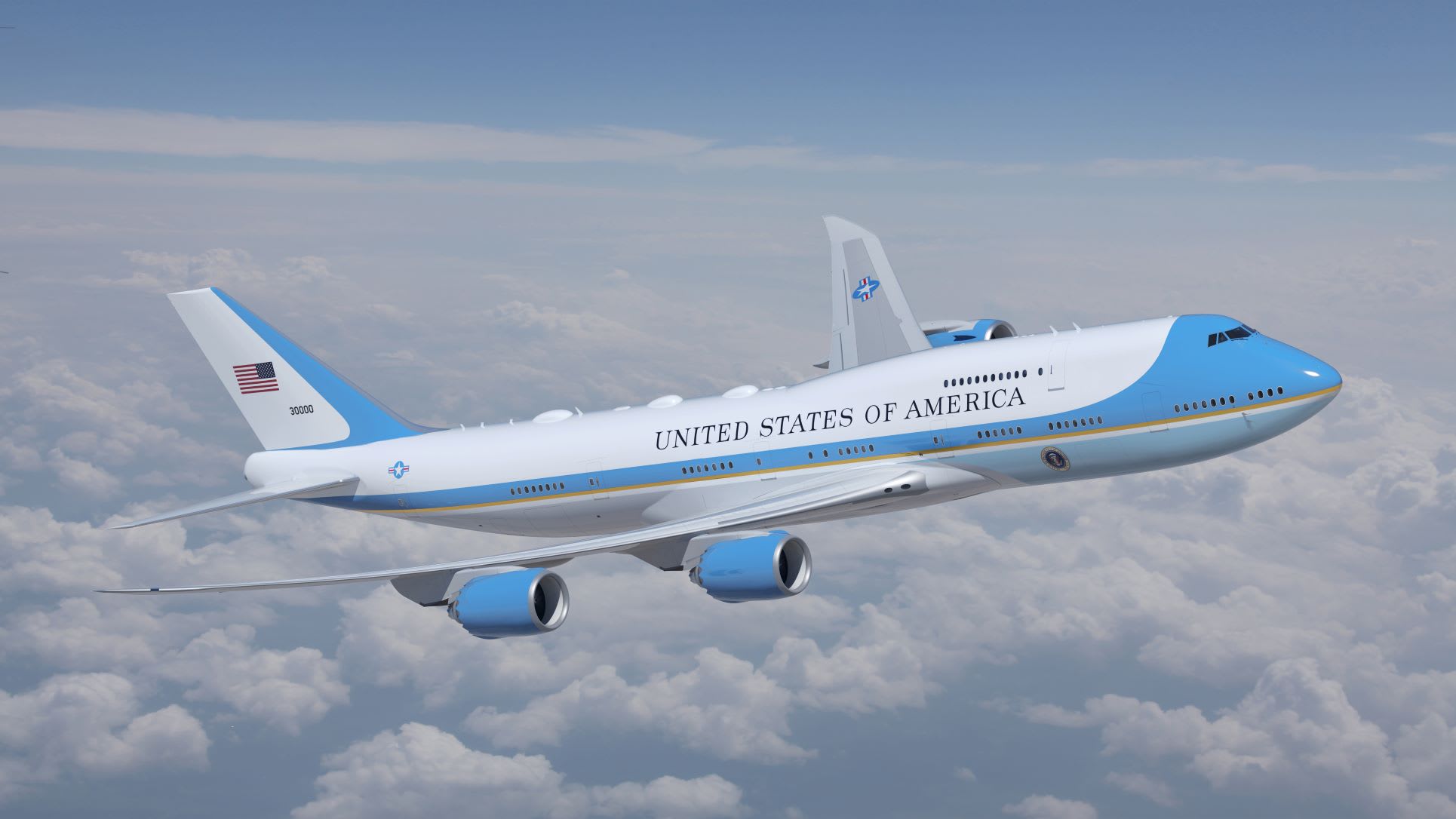The Strategic Reallocation: A New Chapter for US Air Force Budgeting?
 The Tech Times
The Tech Times
In a move raising eyebrows across the political and defense communities, the U.S. Air Force has decided to reallocate leftover funds originally intended for Intercontinental Ballistic Missiles (ICBMs) to overhaul a plane for Qatar, transforming it into a version of Air Force One. This decision has sparked a dialogue about military spending priorities and the strategic reallocation of defense budgets.
A Tale of Budgetary Reallocation
Senator Chris Murphy, a prominent voice in defense budgeting, has criticized the decision, labeling it as a significant misuse of funds. His concerns echo a broader debate about how defense budgets are allocated and the transparency required in such processes. The move to convert a Qatari jet into a presidential aircraft raises several questions about the strategic decisions that underpin military spending.
Historically, military budgets have been a subject of intense scrutiny and political maneuvering. The Cold War era saw massive investments in nuclear deterrence, with ICBMs being a critical component of the United States' defense strategy. However, as global threats have evolved, so too have the priorities within defense spending.
The Evolution of Defense Priorities
Reallocating funds from ICBMs to other military projects may signal a shift in how the U.S. perceives its defense needs. In recent years, there has been growing emphasis on cyber defense, advanced aircraft, and other technologically sophisticated means of warfare. This reflects a shift from traditional, large-scale deterrence to more nuanced and adaptable military strategies.
The decision to use ICBM funds for aircraft refurbishment could be seen as aligning with these evolving priorities. It suggests a move towards flexibility and adaptability in defense assets, ensuring that resources are allocated where they can be most effective in addressing contemporary threats. This is particularly pertinent as geopolitical landscapes continually shift, requiring rapid and sometimes unconventional responses.
The Global Context
This decision also occurs within a broader global context where alliances and strategic partnerships are increasingly critical. Qatar, a key ally in the Middle East, plays a significant role in regional security dynamics. By investing in assets that enhance diplomatic and military relationships, the U.S. may be aiming to bolster its influence and operational capabilities in strategically important regions.
The reallocation of funds in this manner might also be interpreted as an attempt to maintain and strengthen international partnerships, ensuring readiness and interoperability with allies. As defense strategies become more collaborative, such investments might be viewed less as waste and more as strategic foresight.
Conclusion: A Future of Flexible Defense
While criticisms are valid and necessary for ensuring accountability, it is essential to recognize the strategic imperatives that guide such decisions. The reallocation of ICBM funds to revamp a Qatari jet could be a reflection of a more flexible and dynamic approach to defense spending. It underscores the importance of adaptability in military strategy, ensuring that resources are directed towards contemporary needs and future challenges.
Ultimately, this move may herald a new chapter in defense budgeting—a chapter where flexibility, innovation, and strategic alliances are prioritized in pursuit of global stability and security.
Source: US Air Force uses leftover ICBM funds to revamp Qatar plane
Subscribe to my newsletter
Read articles from The Tech Times directly inside your inbox. Subscribe to the newsletter, and don't miss out.
Written by
